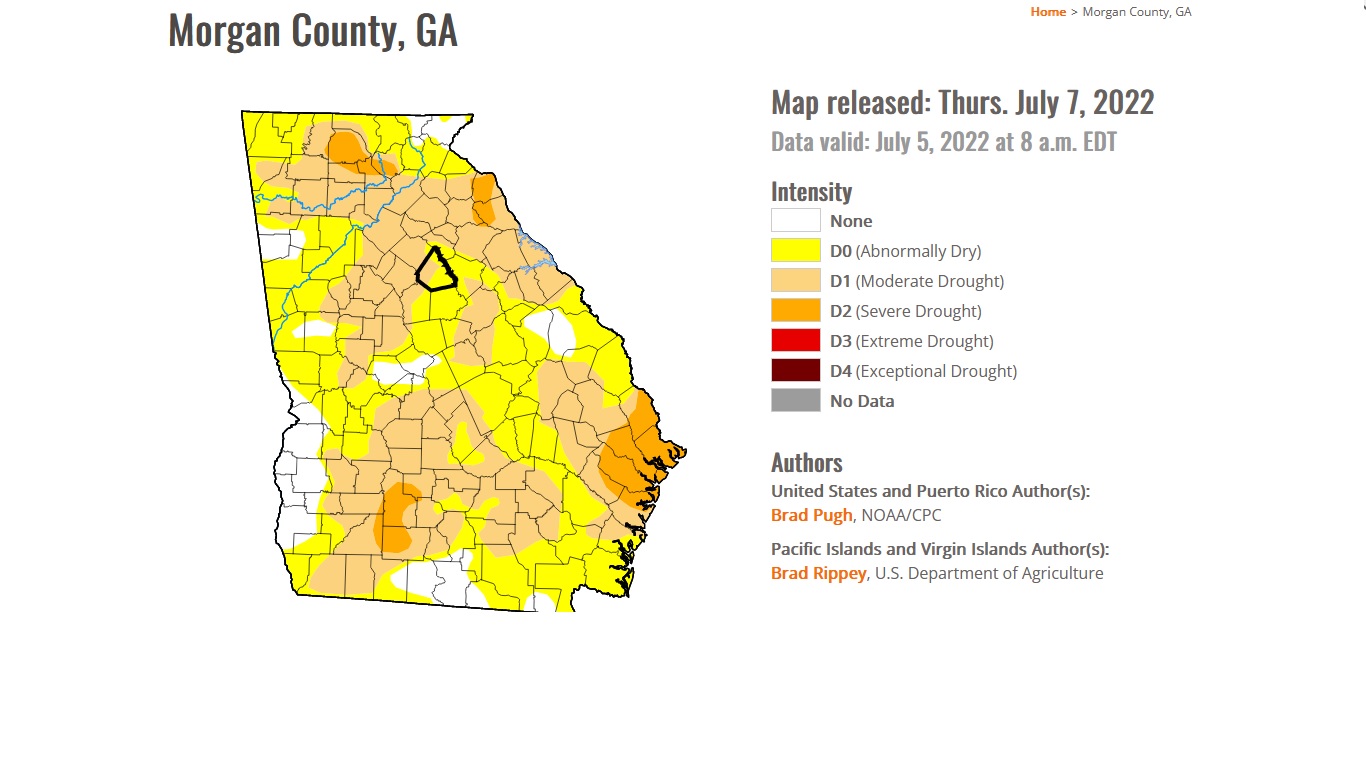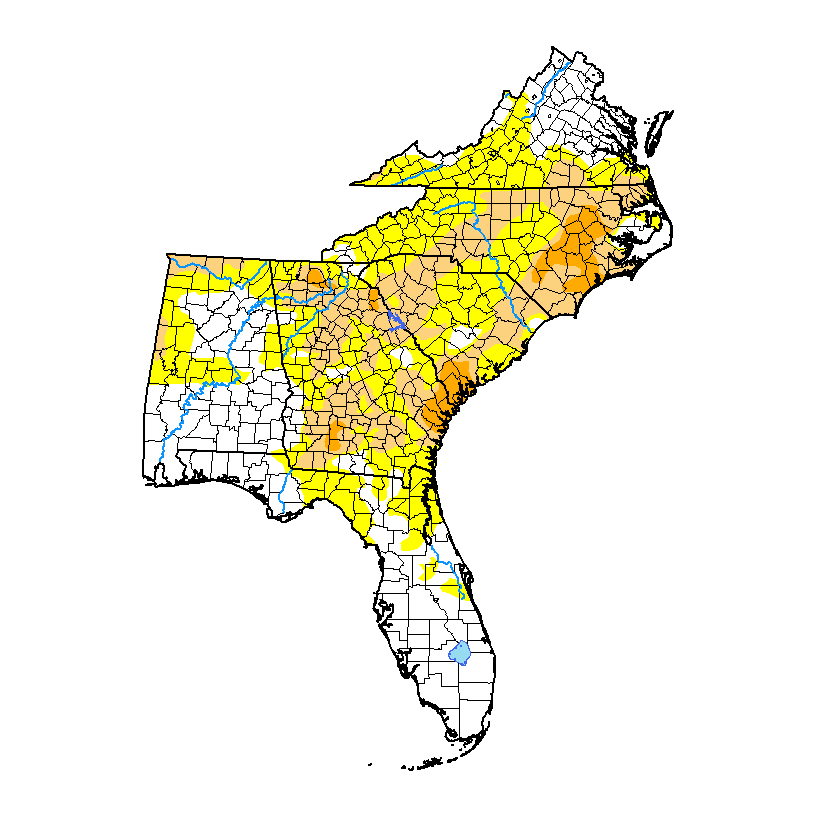Pam Knox
-

Here is something that never occurred to me before but should have. Irrigation is made up of long metal poles and equipment that is out in the field and can be frequently hit by lightning because it is often the tallest thing in the field. I did not realize that it can hold a charge…
-

Forecasts for La Niña continue to show that we are likely to get a third year in a row of La Niña conditions in the Eastern Pacific Ocean. This means that our next winter could be warmer and drier than normal again. Some of the longest-range models are showing this already. As I have learned…
-

The latest monthly climate summary for the United State for June 2022 was released by NOAA today. According to the report, June was a very hot and dry month across a lot of the country. It was the 15th warmest June on record and tied for the 12th driest June. You can read more at…
Posted in: Climate summaries -

Do you have a lawn at your home? If so, how do you maintain it? Many things that you use to take care of your lawn contribute to climate change by emission of carbon dioxide or reduction of uptake of CO2 by removing trees in favor of grass. Fertilizer can also contribute because manufacturing fertilizer…
Posted in: Climate and Ag in the news -

As I write this on Saturday morning, the rain is pouring down outside my house in Athens, GA. We can expect to see a lot more rain this week as a nearly stationary front serves as the focus for repeated rounds of juicy showers and thunderstorms. Along the front, which is expected to park over…
Posted in: Climate outlooks -

The USDM expanded its website capabilities in late June with the addition of county-level statistics on drought to their maps. When you go to their current map at https://droughtmonitor.unl.edu/CurrentMap.aspx and click down through region to state map and then click on your county, you will see a table of drought statistics for that county farther…
-

The latest Drought Monitor, released this morning, shows a patchwork of improvements and degradations across the region depending on whether an area got hit or missed by the spotty rains. Overall, the percent of the region affected by drought had only minor changes. You can see the change map at https://droughtmonitor.unl.edu/Maps/ChangeMaps.aspx. Alabama improved overall but…
Posted in: Drought